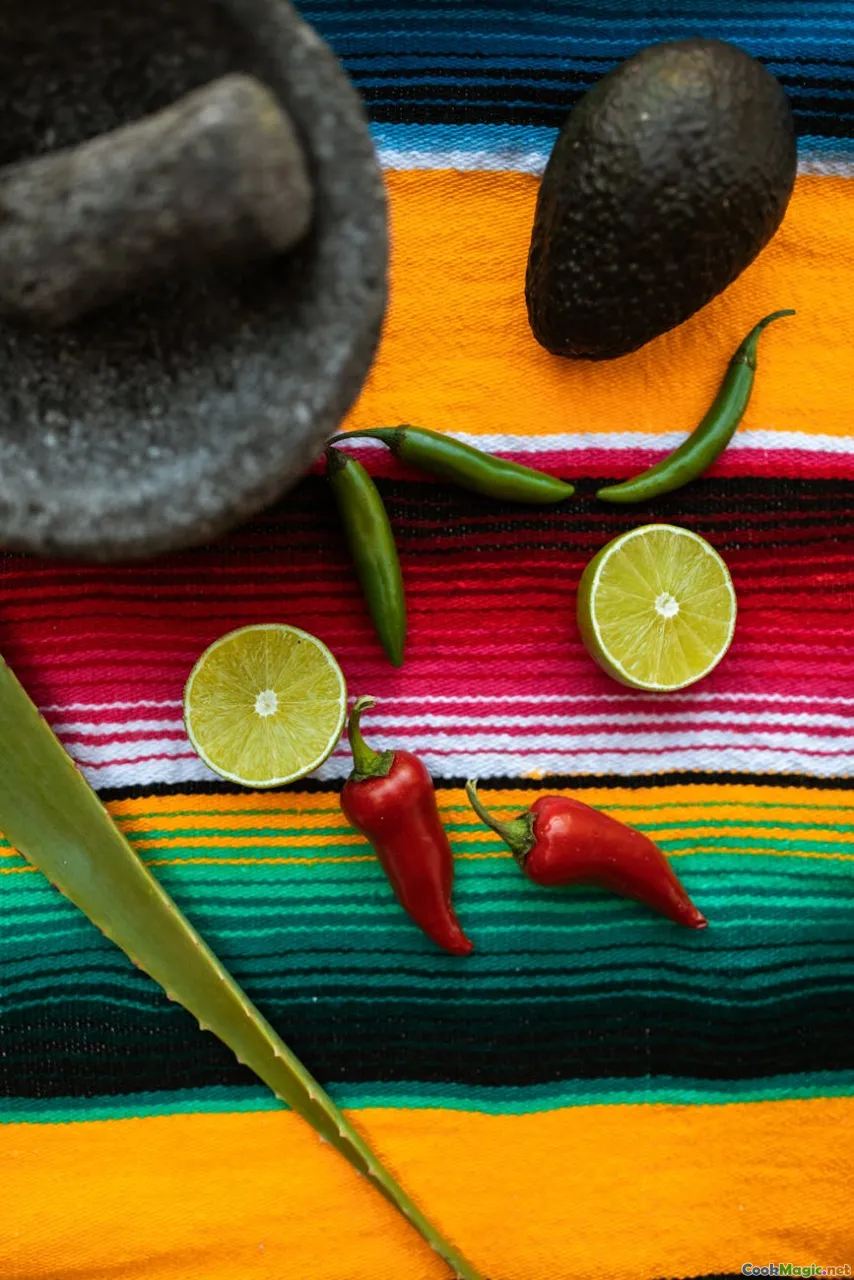The Influence of Ottoman Empire on Serbian Dishes
7 min read Discover how centuries of Ottoman rule shaped Serbian dishes, blending rich flavors, unique techniques, and cultural traditions into a culinary tapestry. April 27, 2025 05:00
The Influence of Ottoman Empire on Serbian Dishes
Imagine wandering through the bustling markets of Belgrade or Niš, the air thick with the aroma of spices, grilled meats, and fragrant herbs. Beneath these sensory delights lies a complex history—one that intertwines centuries of Ottoman rule with the vibrant tapestry of Serbian culinary traditions. The Ottoman Empire, at its zenith, stretched across the Balkans for over four centuries, leaving an indelible mark on the region's food culture. This influence is not merely historical trivia; it is a living, breathing aspect of Serbian cuisine today.
A Historical Tapestry Woven with Flavors
The Ottoman Empire's presence in Serbia began in the late 14th century and persisted until the early 20th century. During this period, the Ottomans introduced new ingredients, cooking techniques, and culinary concepts that seamlessly melded with local traditions. The result is a rich culinary heritage that reflects a blend of Balkan robustness and Ottoman elegance.
Serbian cuisine, traditionally hearty and rustic, was transformed by the Ottomans' sophisticated palate and love for spices. This fusion gave rise to a distinctive set of dishes that are now considered staples, often evoking both comfort and a sense of cultural continuity.
Key Ottoman Influences on Serbian Dishes
1. The Use of Spices and Herbs
One of the most noticeable Ottoman contributions is the liberal use of spices and herbs. Cumin, coriander, cinnamon, allspice, and sumac became common in Serbian kitchens, elevating simple ingredients into aromatic masterpieces. These spices added depth and complexity to stews, meats, and even bread.
2. Cooking Techniques and Preparation
The Ottomans introduced techniques such as slow braising, grilling, and layering flavors through marinades. Dishes like �e7orba (soup) and �e7orba-like stews showcase the Ottoman love for simmered, tender, and flavor-rich meals.
3. Bread and Pastry Traditions
Baking bread and pastries was elevated during Ottoman rule. The iconic �e7esnica (Serbian pie) and burek (savory filled pastry) bear the influence of Ottoman baklava traditions. The flaky, layered textures of these pastries, often filled with cheese, meat, or spinach, are a testament to Ottoman pastry craftsmanship.
4. Pickles and Condiments
Pickling vegetables and making flavorful condiments like ajvar and pindjur owe much to Ottoman preservation techniques. These accompaniments add a tangy counterpoint to rich meats and rice dishes.
Iconic Dishes and Their Ottoman Roots
�e7evap (Stews and Grilled Meats)
The popularity of �e7evap, a term encompassing various grilled meats and stews, is rooted in Ottoman culinary practices. Marinated meats grilled over open flames are common in Serbian households, especially during celebrations. The marinade often includes garlic, paprika, and spices reminiscent of Ottoman recipes.
�e7orba (Soups)
Serbian �e7orba, especially the hearty beef or lamb versions, trace their origins to Ottoman-style soups, which emphasize slow cooking and layering flavors with spices like cumin and paprika.
Pastries (Burek and Poga�e7a)
Burek, with its flaky layers and savory fillings, is a direct descendant of Ottoman pastry traditions. The technique of layering thin dough and filling it with meat, cheese, or greens is a culinary art passed down through generations.
�e7orba with Rice (Jelga)
The Serbian version of rice pilaf, often served alongside meat dishes, reflects Ottoman influence in its fragrant spices and cooking method.
Cultural and Emotional Significance
For Serbians, these dishes are more than just food; they are cultural symbols and a link to shared history. Family gatherings featuring �e7evap, baked goods, and pickled vegetables evoke memories of Ottoman-era kitchens, where recipes traveled and transformed.
Cooking these dishes today often involves a nostalgic reverence, blending tradition with modern tastes. Personal stories abound—grandmothers passing down secret spice mixes or the first time a young cook masterfully prepared burek—each adding layers of emotional resonance.
Personal Reflections and Culinary Encounters
As an avid food explorer, I’ve had the privilege of tasting authentic Serbian dishes in both traditional homes and contemporary restaurants. The aroma of slow-cooked �e7evap, infused with cumin and paprika, transports me to a time when these flavors were a daily part of life.
In Serbia, I’ve observed that the Ottoman influence is not just preserved in recipes but also in the communal spirit of shared meals. The act of breaking bread, passing around a plate of burek, or gathering around a smoky grill embodies a cultural continuity that transcends centuries.
The Enduring Legacy
Today, Serbian cuisine continues to celebrate its Ottoman heritage through festivals, culinary workshops, and family traditions. The delicate balance of spice and simplicity, the layered textures, and the communal eating experience all testify to a shared history that shaped the nation.
In conclusion, the influence of the Ottoman Empire on Serbian dishes is a testament to how history, culture, and cuisine intertwine. It’s a story told through flavors—rich, complex, and deeply rooted in the collective memory of a resilient people. Whether savoring a piece of burek or enjoying a hearty bowl of �e7orba, one tastes not just food but centuries of cultural exchange, adaptation, and enduring love for good, honest food.









